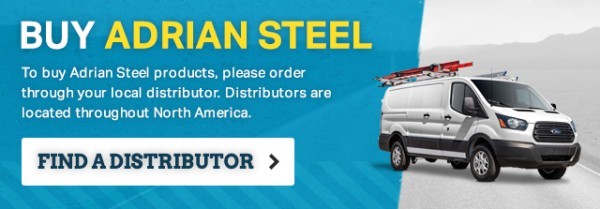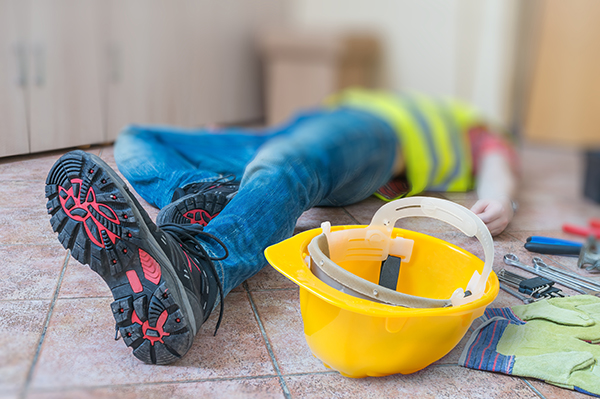There are a lot of benefits to working in the skilled trades. Plenty of good-paying jobs are available right after trade school, which is often more affordable that traditional college tuition. Job security is strong, the prospect for long-term employment looks good in the current economy, and schedules can be flexible. There’s also the sense of pride that comes with hands-on work, creating or improving something tangible.
But there is a downside: The chance for on-the-job injury in the skilled trades is higher than it is for many other careers. This isn’t surprising, as jobs in the trades require skills, knowledge, and the use of potentially hazardous tools and materials – not to mention work in construction zones. One study revealed that cases of work-related injury and illness were 8.6 per 100 full-time workers in the skilled labor industry, significantly higher than the 6.3 rate for the entire private sector. Workers who do roofing, masonry, stonework, and plastering experienced the highest injury rates.
While you can’t entirely eliminate the possibility for workplace injuries, there are several ways you can reduce the chances of them happening. Many are simple solutions that involve some preplanning, observation, and education. Read on for the top 5 ways to prevent injury on the job.
Evaluate the Worksite for Potential Hazards
Many people in the skilled trades work in construction areas, which puts them at increased risk for on-the-job injuries. Injuries resulting from falls is number one on the list, but workers are also often hurt using equipment, working with electricity, or using potentially hazardous chemicals such as thinners or cleaners.
Before starting work, evaluate the site and equipment, taking note of the following:
- Are all ladders and scaffolding in good working order? Are they properly secured and stabilized?
- Are areas in which heavy equipment may be driven clearly marked? Many injuries and deaths occur when workers are hit by trucks, loaders, or other heavy equipment.
- Are hazardous chemicals clearly identified?
- Are tools and supplies placed where they’re not a tripping hazard?
- Is wiring clearly marked?
- Are there barriers around open areas (such as holes in the construction floor) to prevent accidental falls?
Ensure Safety Equipment Is Being Properly Used and Worn
Make a checklist of the safety equipment and supplies you or your crew will need for the job, and double check that you have it packed before heading out to the site. Eye, ear, and head protection are absolute musts – if you’re supervising a crew, occasionally check on your employees to see that they’re using them. Don’t forget sunscreen if you work outdoors. Also, keep a well-stocked first aid kit available at all times.
Make Sure You and Your Crew Are Properly Trained On Your Equipment
If the tool is new to the worker, or the worker is new to the job, don’t just assume that you or they know how to properly use the equipment. Review the instructions and practice with it before you start to use it at the jobsite. If you’re the supervisor, demonstrate to your crew how to use equipment, let them ask questions, and supervise them until you’re satisfied they can handle it on their own.
Eliminate Fatigue
Most employees in this industry work full time during peak season, many over 40 hours a week. One report cited that approximately 1 in 4 construction workers worked 45 hours or more a week and a large portion of self-employed individuals also worked over 45 hours a week. Construction workers may sometimes work evenings, weekends, and holidays to finish a job or take care of an emergency.
Overtime is just part of the job, but it can lead to fatigue, and fatigue can lead to accidents on the site itself or on the commute. Monitor how much overtime you or your crew are putting in; examine how you can reduce it now or on the next job. Give yourself and your crew plenty of time for breaks. Also, always have plenty of snacks and water available. Low blood sugar or dehydration can reduce your on-the-job awareness.
Reduce Physical Strain
Until recently, workplace injuries were treated as just part of the job in the trades. Strains and injuries to backs, shoulders, wrists, and knees were (and unfortunately, still are) commonplace. Repetitive-stress injuries from mechanical pressure or vibration and posture-related damage to the hips and spine are showing up more frequently as the workforce ages. These injuries can be debilitating, particularly to older workers who have spent many years on the job and require more time for recovery.
You can reduce strains by staying limber. Just like you would before exercise, stretch and warm up your muscles before starting work for the day. Add stretches to your breaks as part of your routine. But perhaps the best advice of all comes from the saying, “Work smarter, not harder.” Look for ways you can make the job less physically demanding. Keep your tools and supplies within easy reach. Consider upgrading to ergonomically designed equipment, like the Drop-Down Ladder Rack from Adrian Steel. Your back, and your crew, will thank you – now and for many years to come.
Learn More!
Find out what’s next from Adrian Steel, including the Drop-Down Ladder Rack designed for you, not the vehicle! Stay up to date on all our latest product release news.

Connect with Adrian Steel on Social Media for more industry tips and tricks!

